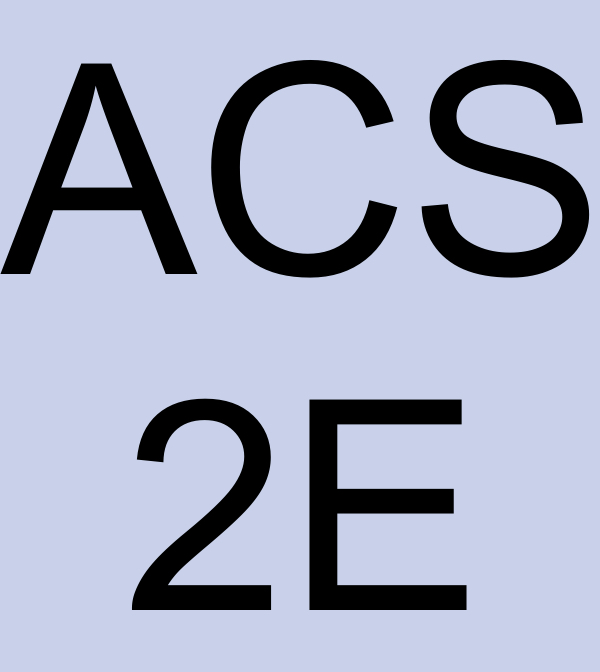Preface Features of the Text
Students and instructors alike will find several consistent features in the presentation, including:
- Motivating Questions
- Each section begins with 2–3 motivating questions that provide impetus for why the following material is of interest to us. One overall goal of each section is to answer each of the motivating questions.
- Preview Activities
- Each section of the text begins with a short introduction, followed by a preview activity. This brief reading and the preview activity are designed to foreshadow the upcoming ideas in the remainder of the section; both the reading and preview activity are intended to be accessible to students (and completed by them) in advance of the class meeting in which the particular section is to be considered.
- Activities
- A typical section in the text has at least three activities. These are designed to engage students in an inquiry-based style that encourages them to construct solutions to key examples on their own, working individually or in small groups.
- Exercises
- There are dozens of calculus texts with (collectively) tens of thousands of exercises. Rather than repeat standard and routine exercises in this text, we recommend the use of WeBWorK with its access to the Open Problem Library and around 20,000 calculus problems. In this text, each section includes a small number of anonymous WeBWorK exercises, as well as 3–4 challenging problems per section. The WeBWorK exercises can be completed in the .html version of the text, as this provides students with immediate feedback without penalty. Almost every non-WeBWorK exercise has multiple parts, requires the student to connect several key ideas, and expects that the student will do at least a modest amount of writing to answer the questions and explain their findings. For instructors interested in a more conventional source of exercises, consider the freely available APEX Calculus text by Greg Hartmann et al., available from www.apexcalculus.com. In addition, see the Google group for instructors for information about using WeBWorK sets hosted on your own server, in the Runestone version of the text, or alternate free or low-cost options such as Edfinity or MyOpenMath.
- Graphics
- We strive to demonstrate key fundamental ideas visually, and to encourage students to do the same. Throughout the text, we use full-colorgraphics to exemplify and magnify key ideas, and to use this graphical perspective alongside both numerical and algebraic representations of calculus.
1
To keep cost low, the graphics in the print-on-demand version are in black and white. When the text itself refers to color in images, one needs to view the .html or .pdf electronically. - Links to interactive graphics
- Many of the ideas of calculus are best understood dynamically; interactive graphics offer an often ideal format for investigations and demonstrations. Relying primarily on the work of David Austin of Grand Valley State University and Marc Renault of Shippensburg University, each of whom has developed a large library of such (free) interactives for calculus, we frequently point the reader (through active links in the electronic versions of the text) to resources that are relevant for key ideas under consideration.
- Summary of Key Ideas
- Each section concludes with a summary of the key ideas encountered in the preceding section; this summary normally reflects responses to the motivating questions that began the section.

